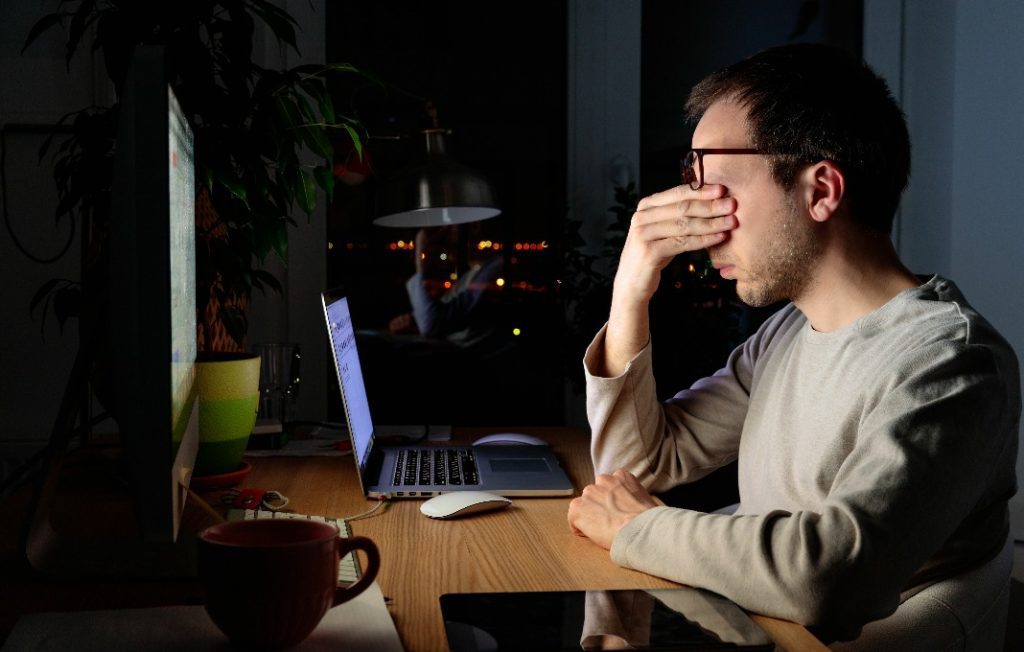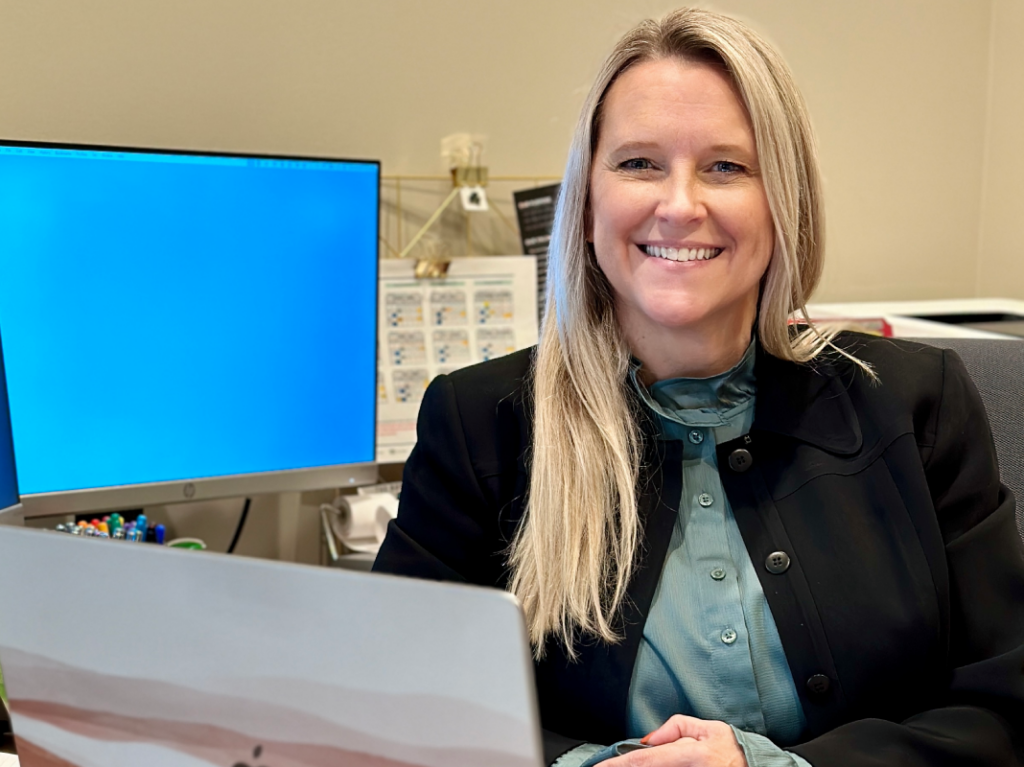
Sixteen-plus months into a global pandemic that created the largest work-from-home experiment the world has ever seen, companies are continuing to prepare for what a return to the office will look like. But with virtual exhaustion and disenchantment continuing to rise, how can employers support workers in this new era of work?
To understand the impact of this seismic shift in working and living patterns, JLL recently launched its Workforce Preferences Barometer Report. Surveying over 3,300 office workers across all major industries in 10 countries, the research found that the forced adoption of remote working has created opportunities, but is also exposing new social risks. As more workers report growing burnout and reduced at-home productivity, understanding the new expectations and needs of today’s workforce has never felt more critical when companies think about their return to the office.
Work-from-home productivity is declining as virtual fatigue continues to climb.
With people increasingly missing office life, JLL finds employees feel disconnected and stuck in an endless day. Plus, 61% of the workforce are craving ‘real’ human interactions with colleagues, and 52% miss a change of scenery. Further, work-from-home productivity is down, with only 37% of the workforce feeling more productive at home than in the office today compared to 48% who felt that way earlier in the pandemic.
The desire for remote work is also declining, with 33% of the workforce never wanting to work from home post-pandemic, as opposed to 28% in October 2020. The preference for homeworking frequency is also down to just 1.5 days a week today.
This suggests that physical office spaces will be even more critical to human performance and company culture. Creating engaging office environments that enable creativity and collaboration will be paramount to realizing this new purpose of the office as the social and innovation hub of the work ecosystem. Whether it be through coffee areas, lounges, outdoor spaces or innovation labs, employees are expecting socialization spaces that enhance their experience in the office when they return.
Remote work is disproportionately impacting working parents, caregivers and Gen Z.
While workers across demographics have felt the physical, mental and emotional strains of the past year and a half, the remote work model has compounded already existing challenges and stressors for certain employee groups.
Working parents, in particular, seek structure and reprieve from caregiving, where the office provides much-needed separation from home responsibilities; more than a quarter want the possibility of switching-off from their family duties. This is further heightened by 57% of working parents with young kids feeling more exhausted by their workload and the closest to burning out. Caregivers are similarly feeling inundated: those living with an elderly person at home report experiencing a heavier mental load, with 57% feeling more overwhelmed than the average.
Gen Z is also demanding more support as 57% feel under pressure today—compared to 48% of workers on average. With this generation feeling less equipped and experienced to tackle the challenges of the global health and humanitarian crisis, they report being most worried about unemployment (53% vs. 45% on average).
Work-life balance is now the number one workforce priority.
Flexibility in working patterns has become a must have among employees, where more than half of the workforce (59%) report work-life balance as their number one priority today—even ahead of securing a comfortable salary (55%). Health and wellbeing programs are also the most attractive employer benefit for over half of workers, especially among women (priority for 77% of women vs. 69% of men).
With health and wellbeing topping employees’ list of concerns, companies will be at risk of losing talent if this is not prioritized and communicated down and across organizations in the right way. To help companies prioritize and carve out wellbeing time for their employees, for example, JLL recently launched an Experience Anywhere offering to provide workers the time, space and platform to make small, incremental changes in their workday—across the office, at home or anywhere that work happens. This includes “The Hub,” a digital portal that integrates directly with employees’ calendars to block time to combat work-stressors felt throughout the day, providing customized on-demand well-being services like yoga and meditation that match each individual’s interests and needs.
Whether it’s through wellbeing offerings like Experience Anywhere, caregiver resources, virtual learning or meditation apps, cultivating a workplace environment with health and wellbeing at the center will be critical to continuing to attract and retain top talent post-pandemic.
In the months to come, as more companies put a return-to-office date on the calendar, the forward-looking organizations will be those who acknowledge these new workforce expectations through an in-depth rethinking of their approach to working styles and the workplace. The imperative is clear: There will be no going back to the old ways of working. The office of the future must be human-centered, where employee-centric solutions that value health, wellbeing, choice and flexibility will be the fundamental framework to optimize both employee experience and performance.







